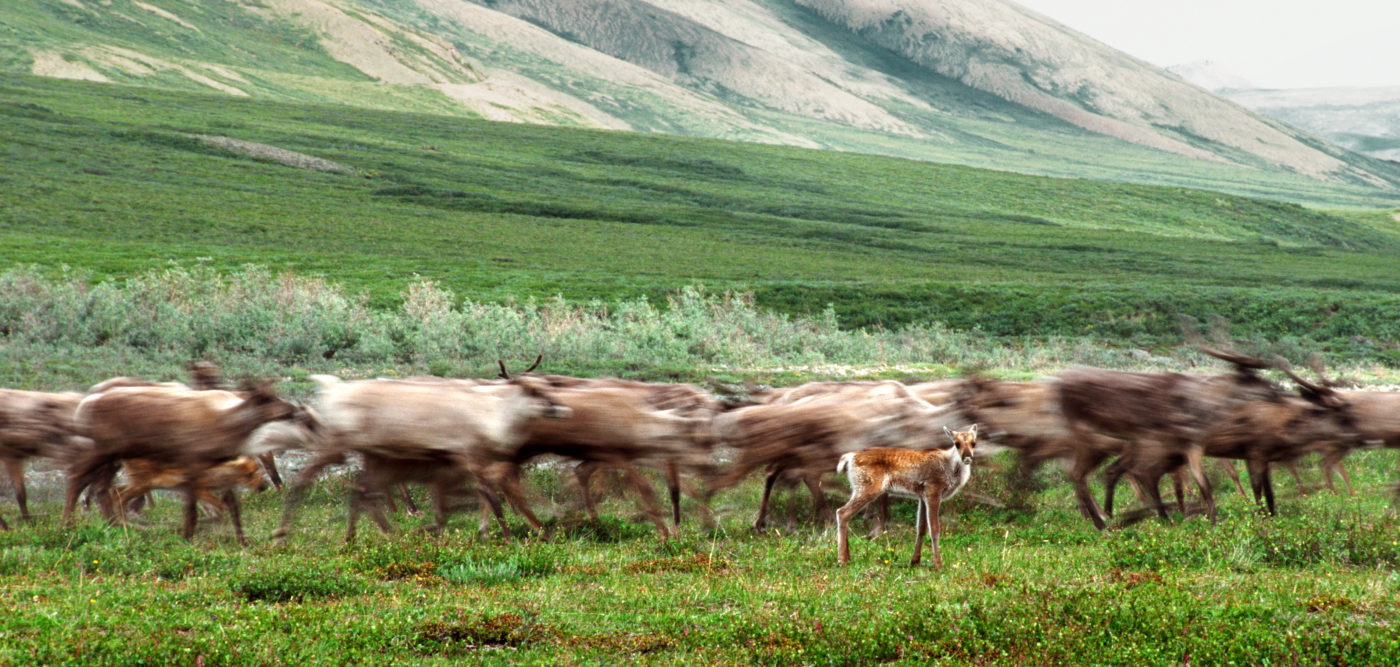
OPINION
Why we’re taking the U.S. government to court over the Arctic National Wildlife Refuge
Our lawsuit argues the review of oil and gas development failed to value Indigenous rights and threats to wildlife, as Trump moves forward with lease sales in vital cross-border caribou habitat
Malkolm Boothroyd Aug 27, 2020 5 min read
Malkolm Boothroyd is a writer, photographer and campaigns coordinator for the Canadian Parks and Wilderness Society Yukon chapter.
Two years ago I sat in a windowless convention hall in Anchorage, Alaska, breathing stale air, waiting my turn to speak about the most vibrant place I’d ever visited, the Arctic National Wildlife Refuge. High-ranking officials from the U.S. Department of Interior sat at the front of the room, emotionless as speaker after speaker described the importance of the Arctic refuge — for caribou, birds, polar bears, and Indigenous communities across the North that depend on the Porcupine caribou herd.
The Interior Department had just begun its environmental review of oil and gas leasing on the Coastal Plain of the Arctic refuge. But even back then, the outcome seemed to have already been determined. The people in charge of the environmental review were closely tied to the oil industry, and the President of the United States had repeatedly claimed opening the Arctic refuge to drilling as one of his proudest accomplishments. All signs pointed towards a rushed and cursory review.
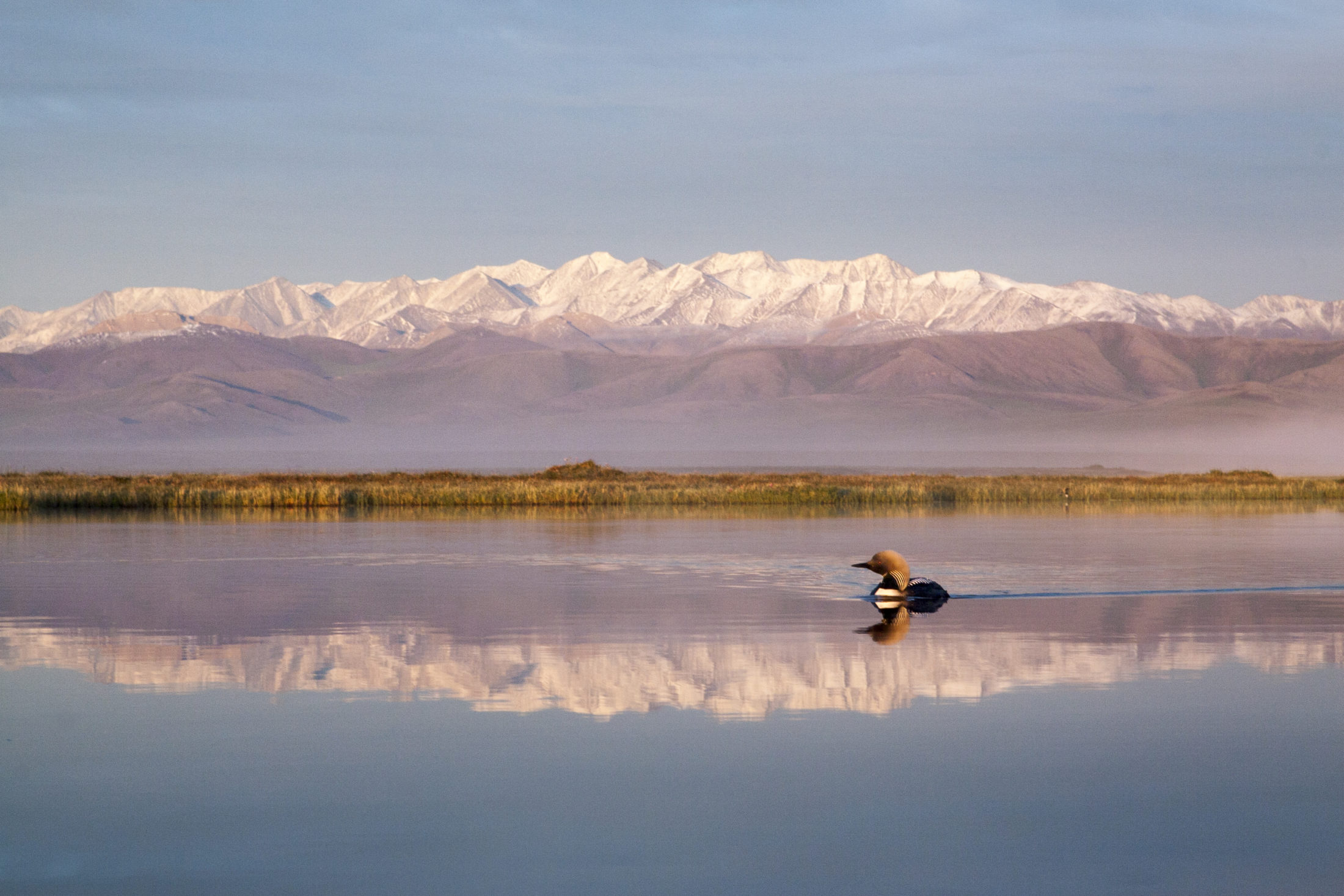
Pacific loons are among the many waterfowl that migrate to the Coastal Plain of the Arctic National Wildlife Refuge. Photo: Malkolm Boothroyd / malkolmboothroyd.com
Last week the Interior Department released its Record of Decision, bringing its environmental review to a close. To nobody’s surprise, the department gave the go-ahead to the most aggressive scenario imaginable: one that would offer up the entire Coastal Plain to oil companies, and place the fewest restrictions on drilling. This week, we responded. Thirteen groups, CPAWS Yukon included, are taking the Department of Interior to court. The lawsuit is led by the Gwich’in Steering Committee, and will be argued by lawyers from Trustees for Alaska, a public interest environmental law group. Earthjustice and the Natural Resources Defence Council have filed a second lawsuit.
Get The Narwhal in your inbox!
People always tell us they love our newsletter. Find out yourself with a weekly dose of our ad‑free, independent journalism
Your emailYour emailSUBSCRIBE
Our lawsuit challenges the legality of Interior’s environmental review. For example, the environmental review gave little heed to the seven original purposes of the Arctic refuge, like protecting wildlife, wilderness and subsistence. Instead it shaped its environmental review to accommodate an oil and gas leasing program, an eighth purpose that was only added in 2017 when the U.S. Congress opened the refuge to drilling. We allege that the Department of Interior broke the law by disregarding the refuge’s original purposes and failing to safeguard those purposes through the design of its oil and gas leasing program.
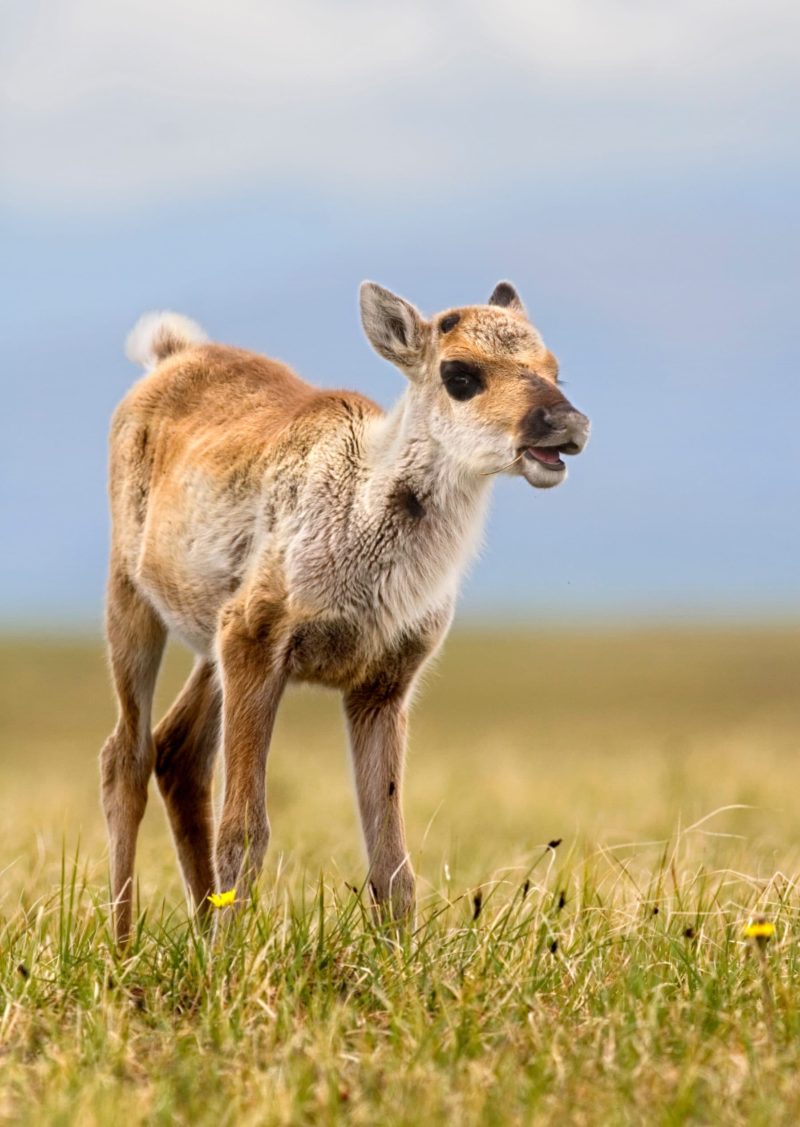
A calf from the Porcupine caribou herd that migrates between Alaska, northern Yukon and Northwest Territories, and is harvested by Gwich’in communities there. Photo: Malkolm Boothroyd / malkolmboothroyd.com
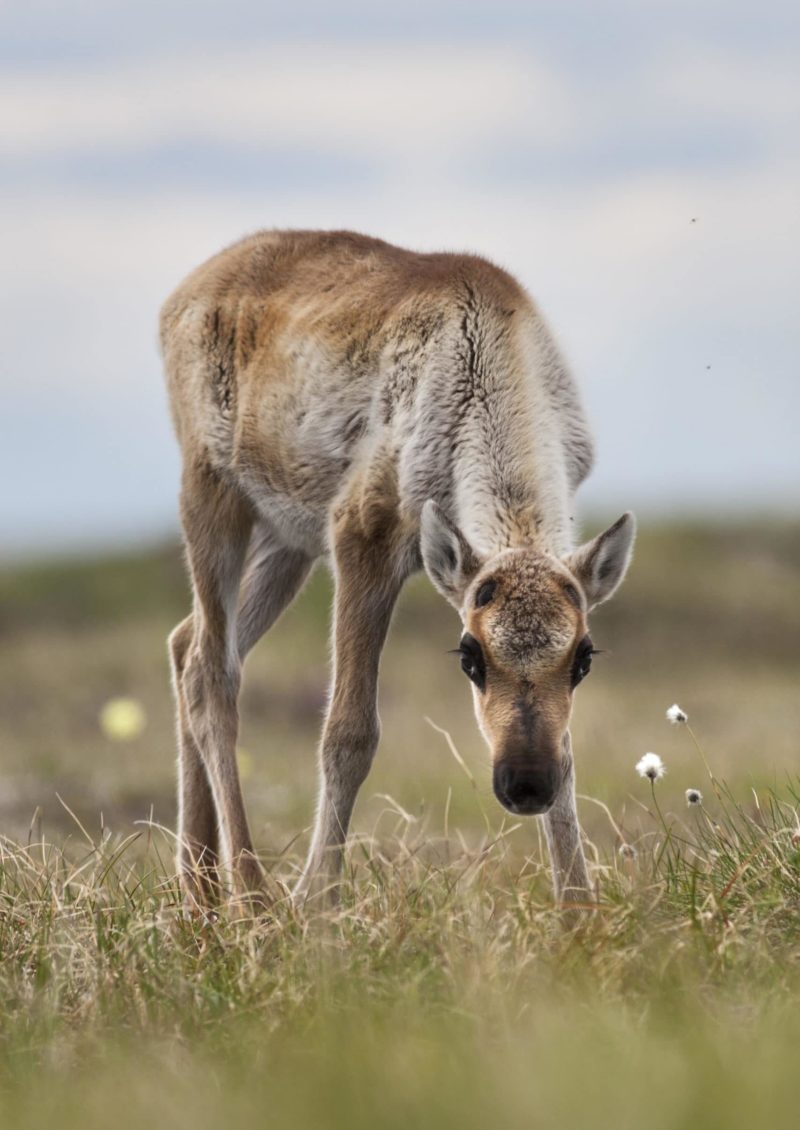
The U.S. government recently confirmed its decision to open the Porcupine caribou herd’s calving grounds, in Alaska’s Coastal Plain, to oil and gas development. Photo: Malkolm Boothroyd / malkolmboothroyd.com
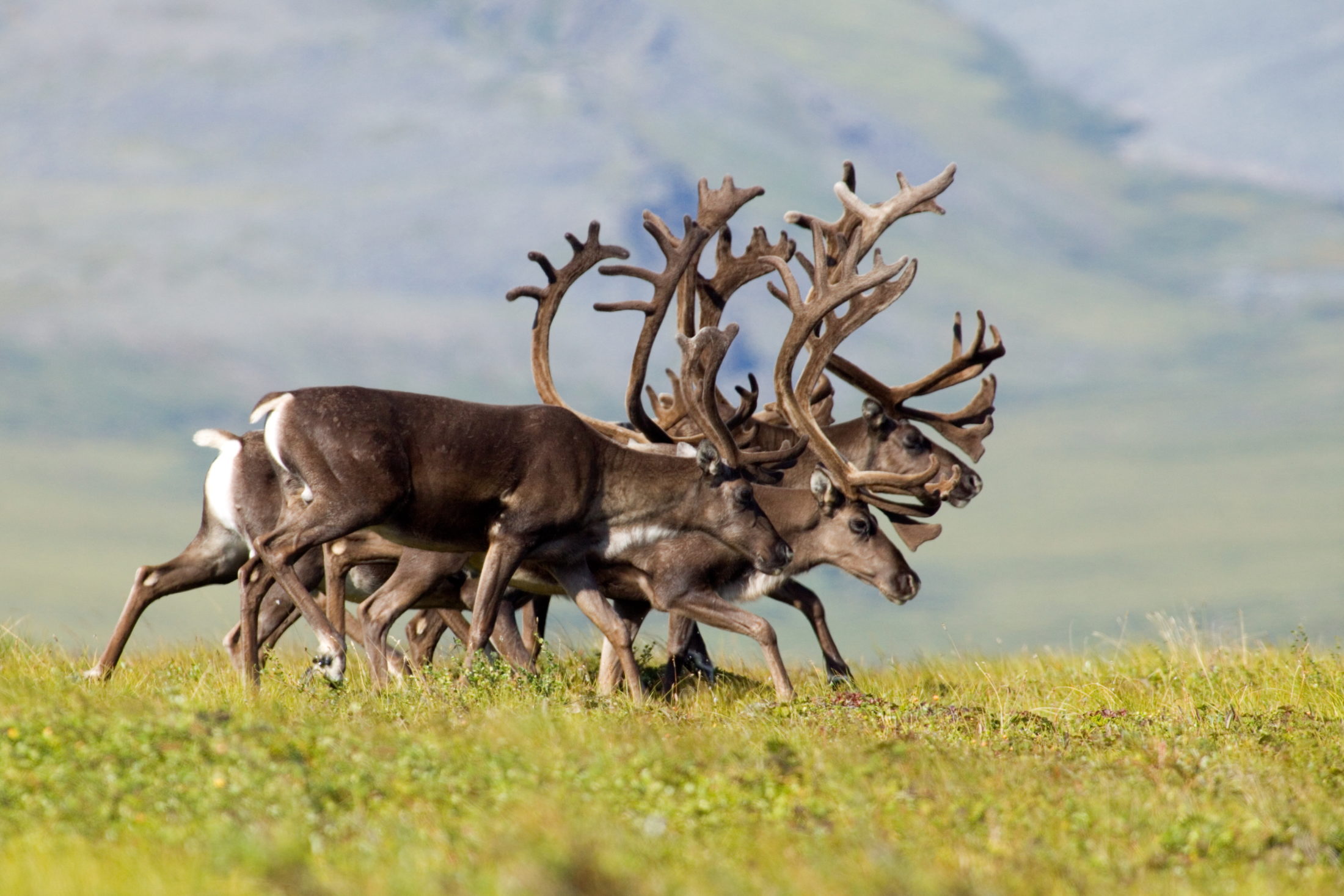
The Porcupine caribou herd is one of few healthy herds remaining in Canada. Photo: Atsushi Sugimoto / Arctic Photo Laboratory
We also contend that the Department of Interior broke the law by not adequately considering alternatives, failing to take a hard look at the consequences of drilling and not adequately addressing the threats to Gwich’in subsistence rights. In total, our lawsuit makes eight claims against the Department of Interior for transgressions in its environmental review and associated actions to authorize leasing in the Arctic refuge. If we prevail, we hope the courts will invalidate the Department of Interior’s environmental review, and any decisions that stem from it.
The Department of Interior could have modelled its environmental review after the Berger Commission. It could have taken the time to visit every Gwich’in community, and learn why oil and gas development in the Arctic refuge poses such a grave threat to the Gwich’in way of life. The Department of Interior could have listened to scientists and the public. It could have written an environmental impact statement that acknowledged the magnitude of damage that drilling would bring. But that didn’t suit the U.S. government’s agenda — since a review in good faith would have found that the dangers of drilling far, far outweighed the pros. Instead, the Department of Interior started with a conclusion in mind, and then wrote an environmental review to justify it.
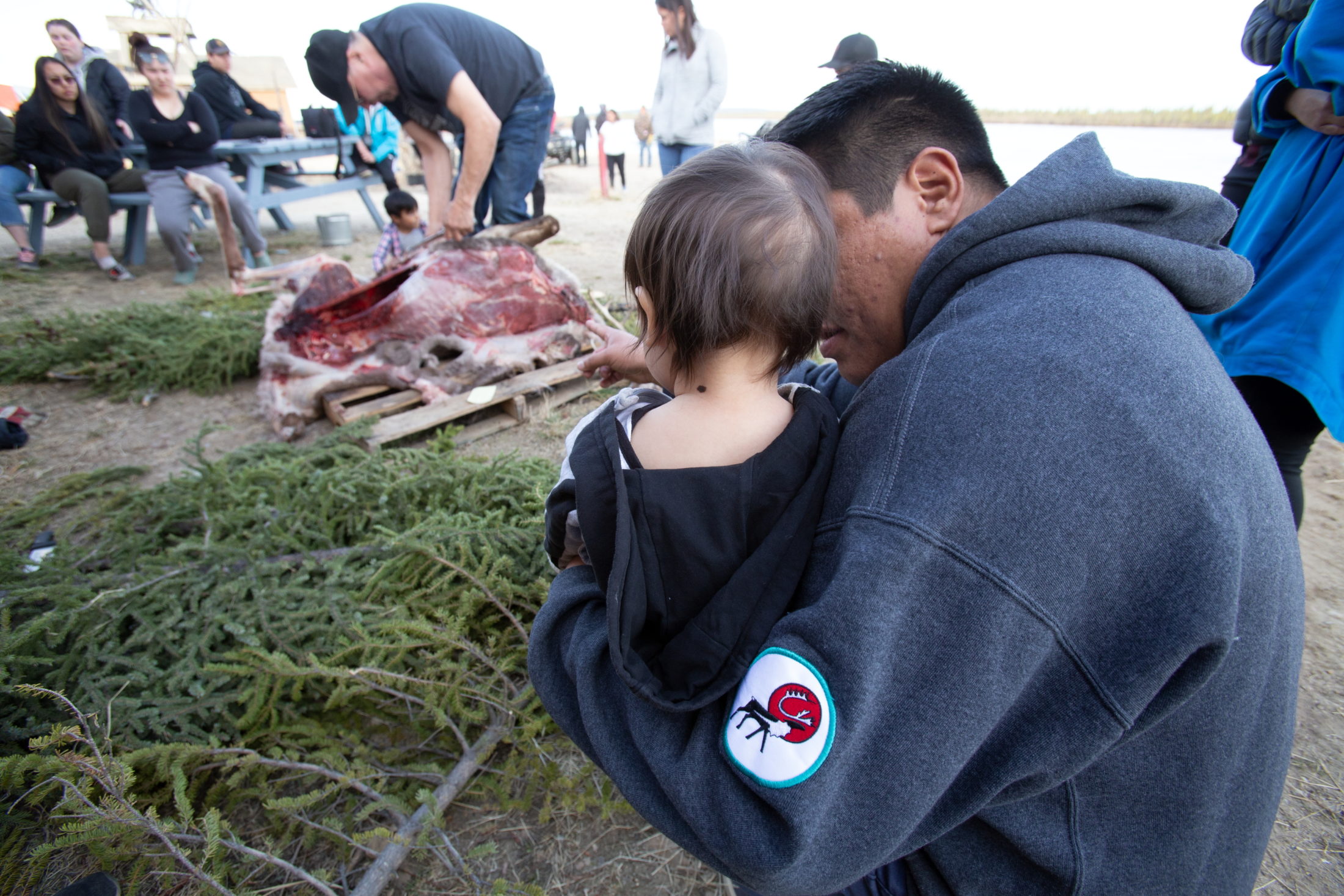
Caribou is prepared for a community feast in Old Crow, Yukon. Photo: Atsushi Sugimoto / Arctic Photo Laboratory
The coming months will be pivotal for the Arctic refuge—with lawsuits, a potential lease sale and the U.S. election all looming. At the same time we’re working on a parallel strategy, pressuring Canadian banks to rule out financing for Arctic refuge drilling. Our allies in the United States are pressuring corporations there to do the same, and five of the six largest U.S. banks have agreed.
Autumn is spreading across the Arctic, and most of the caribou have departed from the Coastal Plain. I hope that by the time the caribou return next spring, the future of the Arctic refuge will be much more secure than it is today.
PUBLISHED BY

Malkolm Boothroyd
Malkolm Boothroyd is a writer, photographer and campaigns coordinator for the Canadian Parks and Wilderness Society Yukon chapter. He leads…
Malkolm Boothroyd is a writer, photographer and campaigns coordinator for the Canadian Parks and Wilderness Society Yukon chapter. He leads…
No comments:
Post a Comment